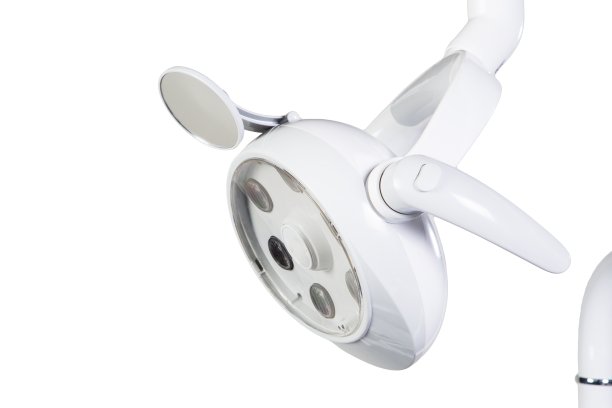The Essential Guide to Extracting a Tooth Safely and Comfortably for Oral Health Maintenance
Summary: Extracting a tooth is a common dental procedure that may be necessary for various reasons, including decay, overcrowding, or infection. This guide provides essential information on how to safely and comfortably extract a tooth to ensure optimal oral health maintenance. It emphasizes the importance of preparation, procedural techniques, aftercare, and recognizing when professional help is necessary. Following these guidelines will not only make the extraction process less daunting but also promote effective healing and minimize discomfort. Understanding these steps is critical for anyone considering a tooth extraction, whether for themselves or a loved one.
1. Importance of Proper Preparation

Before attempting to extract a tooth, it is crucial to prepare thoroughly. This includes understanding the reasons behind the extraction and consulting with a dental professional for a complete evaluation. A dentist can offer advice on whether the extraction is necessary or if alternative treatments, such as fillings or crowns, could be more appropriate.
Equipping yourself with the right tools is also essential. Dental extraction kits are available for at-home use but should only be attempted under specific circumstances and with proper knowledge. Key instruments include dental forceps, anesthetic, gauze, and antiseptic solution, all aimed at ensuring a safe and sanitized environment during the procedure.
Additionally, mental preparation is vital. Knowing what to expect can significantly reduce anxiety levels. Spend some time researching the extraction process or speaking to a dental professional. This knowledge can help individuals feel more comfortable with the procedure, leading to a smoother and more efficient experience.
2. Safe Tooth Extraction Techniques
The extraction process itself must be carried out with precision and care. Administering the right anesthetic is the first step in ensuring the patient is comfortable during the procedure. Local anesthetics can numb the area around the tooth, while general anesthesia may be considered for those who experience high anxiety or for surgical extractions.
Next, the actual extraction technique must be executed carefully. For standard extractions, using gentle rocking motions to loosen the tooth can prevent unnecessary trauma to the surrounding gum and bone. Its essential to maintain a firm grip on the dental forceps as the tooth is progressively manipulated until it can be removed without forceful pulling.
Finally, after the tooth is extracted, proper aftercare begins immediately. This includes stopping any bleeding and ensuring that the socket is clear of debris. Understanding how to handle potential complications like dry socket or infection is also critical during this stage.
3. Aftercare for Smooth Recovery
Recovery after a tooth extraction is just as important as the procedure itself. Following the extraction, patients are advised to rest and avoid strenuous activities to promote healing. Applying ice packs can help control swelling and discomfort within the first 24 hours post-extraction.
Maintaining oral hygiene is essential, but care must be taken in the extraction area. Rinsing gently with saltwater starting 24 hours after the extraction can aid in preventing infection. Its also vital to avoid sucking motions, such as through straws, which can disturb the healing process.
If any pain persists or unusual symptoms arise, it’s imperative to consult a dentist immediately. They can provide advice on pain management and determine if complications have occurred that require further treatment.
4. When to Seek Professional Help
There are specific situations where extracting a tooth should never be attempted at home. If the tooth is impacted, fractured, or the extraction is complicated due to underlying health conditions, seeking professional help is critical. Dentists have the expertise and equipment necessary to handle complex cases safely.
Additionally, individuals with existing health issues such as diabetes, blood clotting disorders, or immune system deficiencies should consult their doctors before any dental extractions. They can evaluate the risks and possibly recommend pre-treatment protocols to ensure safety during the extraction.
Lastly, if there are signs of infection, severe pain, or prolonged bleeding following an attempted extraction, immediate dental intervention is crucial. Ignoring these symptoms can lead to more severe health issues that may require hospitalization.
Summary:
The importance of a safe and comfortable tooth extraction procedure cannot be overstated. Proper preparation, utilizing correct techniques, ensuring effective aftercare, and knowing when to seek professional assistance are all vital elements for maintaining optimal oral health. Following this guide will not only aid those looking to perform a tooth extraction but will also provide peace of mind through understanding.
This article is compiled by Vickong Dental and the content is for reference only.


